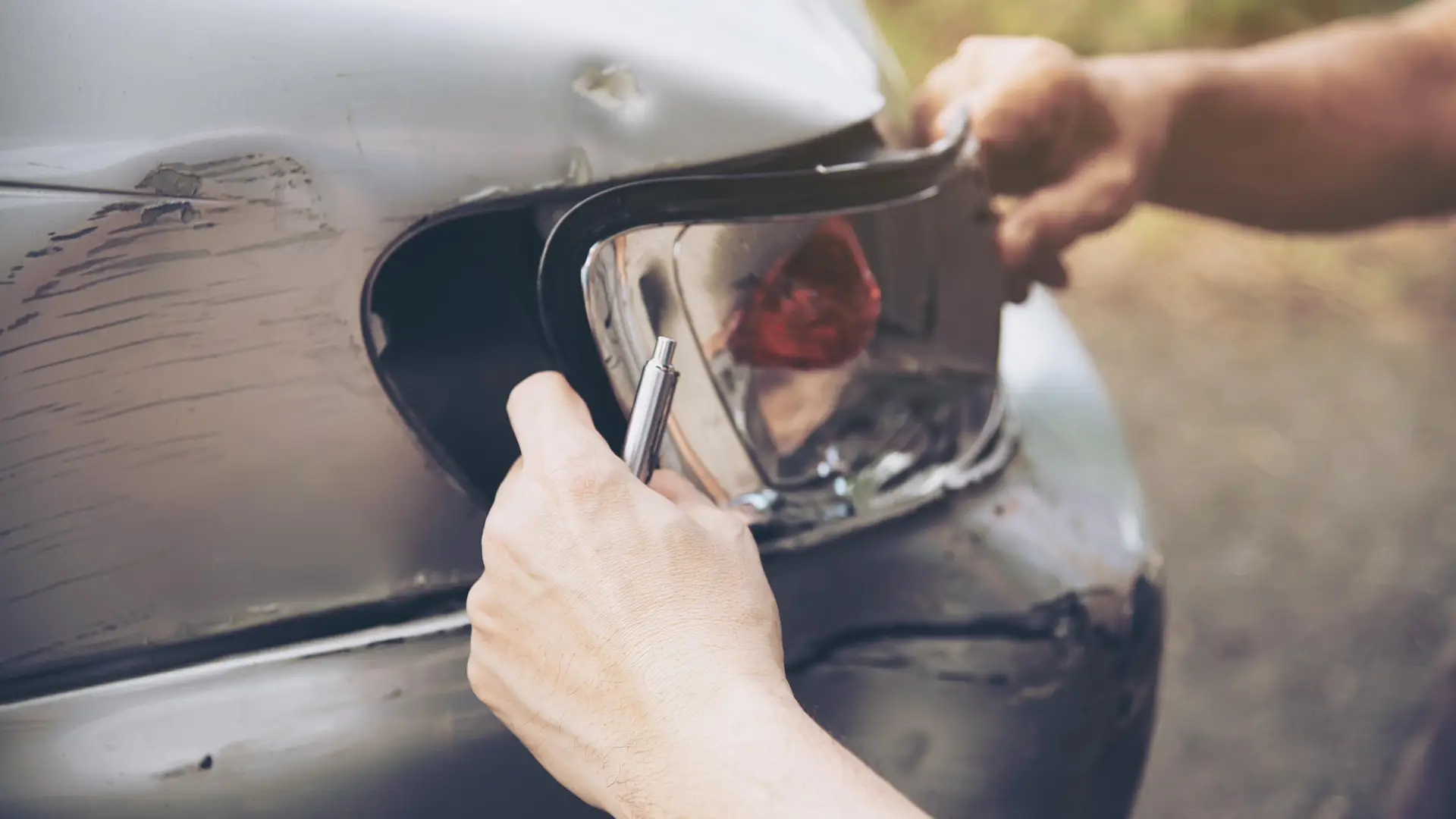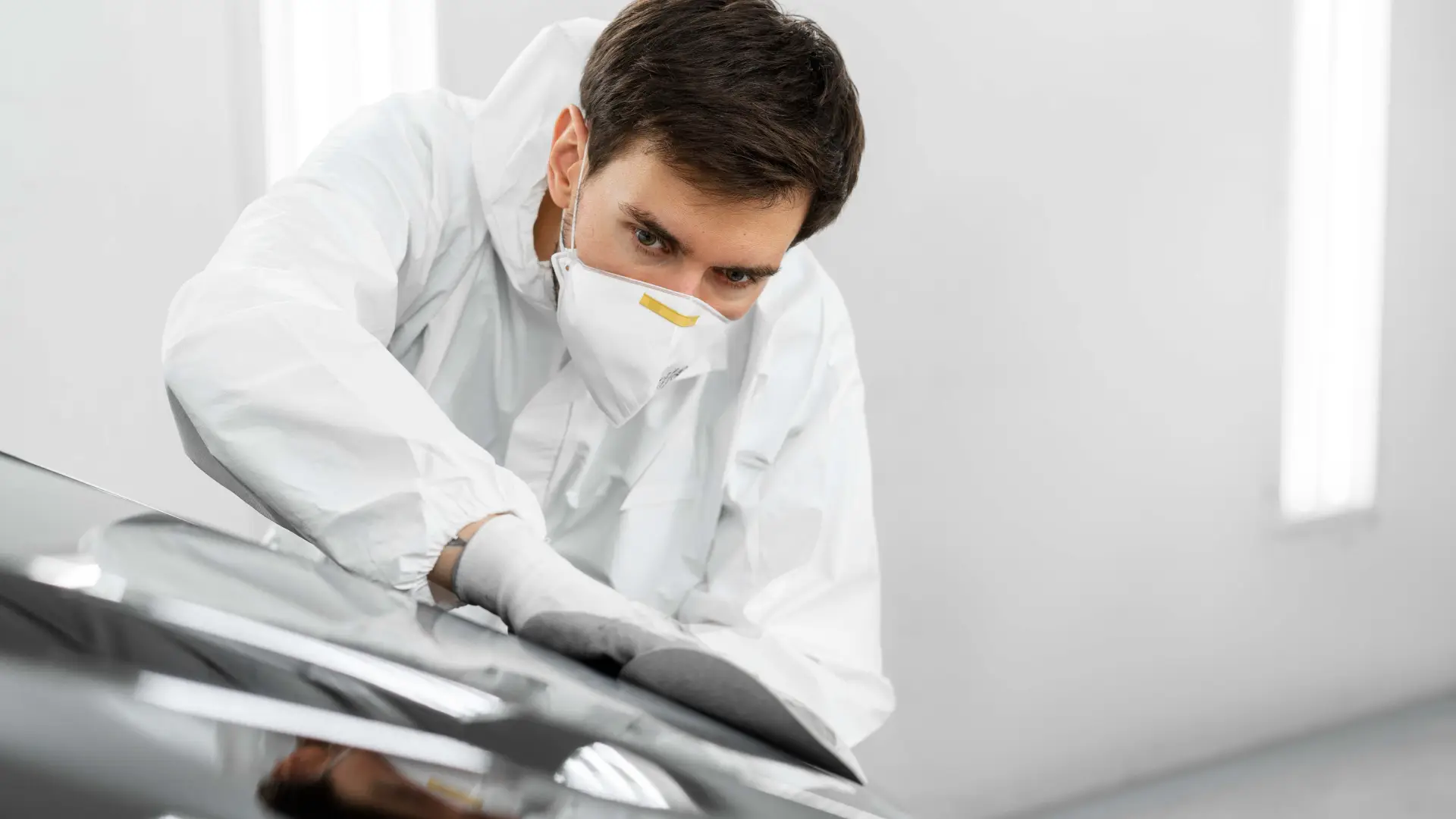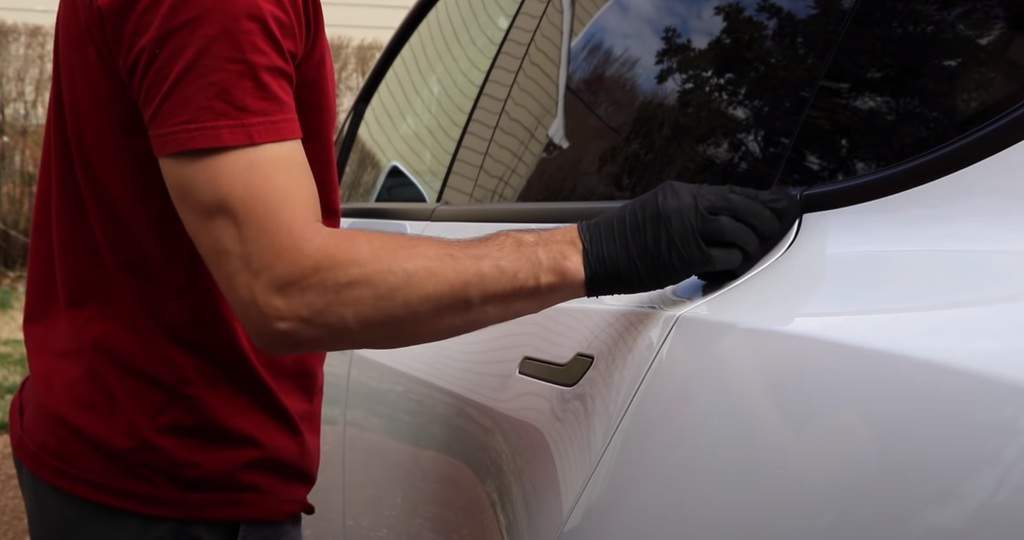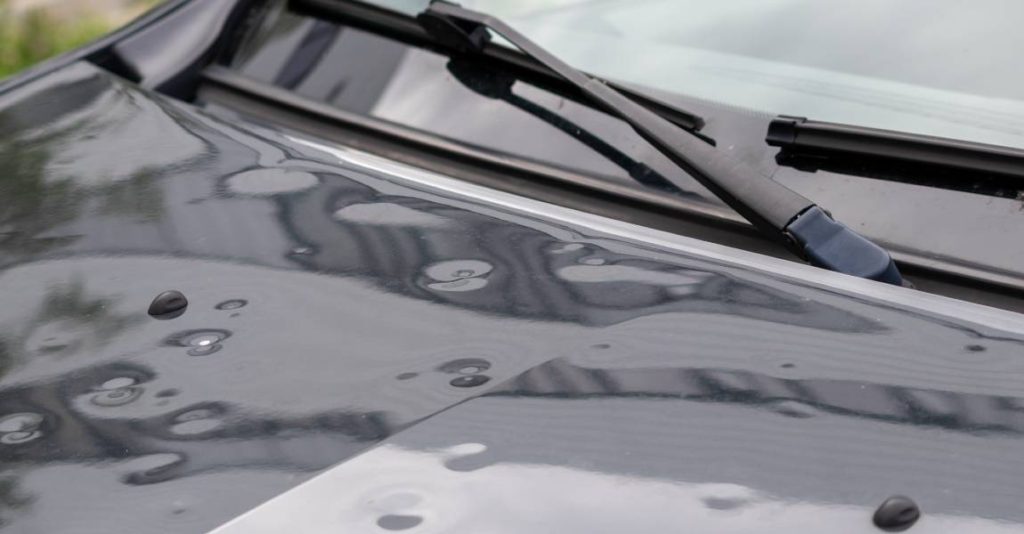Dents and dings on your vehicle can be frustrating, but the good news is that many of these imperfections can be repaired without the need for extensive and costly bodywork. Paintless Dent Repair (PDR) is a technique used by professionals to restore your vehicle’s exterior to its original condition. In this comprehensive guide, we’ll walk you through the step-by-step process of PDR, providing you with insights into how this innovative method can save you time and money while preserving your vehicle’s original finish.
Assessment
The first and crucial step in the Paintless Dent Repair process is to assess the damage. This is where the expertise of a skilled technician comes into play. They will examine the dent’s size, location, and depth. The evaluation is essential as it helps determine whether PDR is a suitable method for repair or if traditional bodywork is needed. PDR is most effective on smaller dents with no paint damage, such as those caused by hail, shopping carts, or minor collisions. If the dent’s location or severity doesn’t allow for PDR, other repair methods may be considered.
Accessing the Dent

Once the technician has determined that PDR is a viable solution, they will need to access the dent. This might involve removing various vehicle components, such as interior panels or trim, to reach the damaged area. In some cases, technicians can reach the dent from the outside without the need for disassembly. Access is a crucial step in PDR, as it allows the technician to work on the dent from the most effective angle and direction. Haildent Pro, a specialized technique in PDR, goes beyond mere dent removal; it focuses on ensuring that the repaired area seamlessly integrates with the vehicle’s original appearance. The goal is not just to eliminate the dent but to do so in a manner that ensures the repaired section looks indistinguishable from the surrounding, unaffected areas, providing a result that is not only functionally restored but visually impeccable.
Applying Pressure

PDR relies on the technician’s skills to gently massage the dent from the inside using specialized tools. The process involves applying precise pressure to push the metal back into place. Technicians use various tools designed specifically for PDR. The key is to work gradually and patiently, ensuring that the metal is massaged back to its original shape. The technician will use their expertise to determine the appropriate amount of pressure needed to achieve the desired result. This step can be quite time-consuming, as it requires precision and care to avoid damaging the vehicle’s paint.
Glue Pulling (if necessary)
For dents that cannot be accessed from the inside, technicians use a technique called glue pulling. This method involves attaching a special glue tab to the dent’s surface and then using a pulling tool to gradually lift and reshape the metal. Glue pulling is particularly effective for dents on flat surfaces, such as the car’s hood or roof. This technique allows technicians to address dents that would be difficult to access from the inside.
Finishing Touches

Once the dent is mostly repaired, the technician will perform additional refinements to ensure a seamless finish. This might involve sanding, polishing, or applying a filler if the paint has been damaged. The goal is to restore the surface to its original smooth and even state. It’s important to note that the technician’s skill and attention to detail play a significant role in achieving a flawless finish. The quality of the repair hinges on their ability to restore the damaged area to an as-good-as-new condition.
Quality Inspection
A thorough quality inspection is crucial to ensure the repair meets the highest standards. The technician will scrutinize the area, check for any imperfections, and make any necessary adjustments. This meticulous assessment ensures that the repair is seamless and that the dent is entirely unnoticeable. If the technician identifies any issues during this stage, they will address them promptly to achieve a flawless result.
Paintless Dent Repair Benefits
PDR offers several advantages over traditional bodywork, making it an attractive option for many vehicle owners:
Cost-effective: PDR is typically more affordable than traditional dent repair methods, as it requires fewer materials and labor hours. The reduced cost is a significant benefit for those looking to restore their vehicle’s appearance without breaking the bank.
Time-saving: PDR is a quicker process, often completed in a matter of hours, rather than days or weeks for traditional bodywork. This means less downtime for your vehicle and more convenience for you.
Preserve original paint: PDR maintains the vehicle’s original paint, preventing the need for repainting. Traditional bodywork often involves repainting the entire panel, which can affect the car’s value and aesthetics. PDR keeps your vehicle looking as it did when it rolled off the assembly line.
Environmentally friendly: PDR is an eco-friendly option because it reduces the need for harmful chemicals and materials used in painting and bodywork. This means less impact on the environment and a more sustainable choice for vehicle repair.
Retain vehicle value: Preserving the original paint and finish of your vehicle through PDR helps maintain its value. When it comes time to sell or trade-in your car, having a dent-free, original exterior can make a significant difference in its market value.
The Versatility of PDR
Paintless Dent Repair isn’t limited to just one type of dent. It can address various types of damage and dents, as long as the paint remains intact. Let’s explore some common scenarios where PDR is the preferred method:
Hail Damage: Hailstorms can leave your vehicle riddled with tiny dents. PDR is incredibly effective at restoring your car to its pre-hailstorm condition without the need for extensive bodywork.
Door Dings: Whether it’s from a stray shopping cart or a careless parking neighbor, door dings are a common occurrence. PDR can eliminate these blemishes, leaving your vehicle looking pristine.
Minor Collisions: Even in the case of minor fender benders, PDR can often come to the rescue. As long as there’s no major structural damage, PDR can restore the damaged area.
Creases and Dimple Dents: PDR is not just for round dents. Skilled technicians can manipulate the metal back into shape for creases and even dimple dents.
Benefits of Professional PDR
While some DIY PDR kits are available on the market, it’s essential to emphasize the benefits of professional PDR services. Here’s why you should consider a skilled technician for the job:
Expertise: Experienced technicians have the knowledge and skill required to assess the damage accurately and perform the necessary repairs effectively. They can ensure that your vehicle looks as good as new.
Specialized Tools: Professional PDR technicians have access to specialized tools and equipment designed for the job. These tools allow for precise and controlled dent removal.
Avoiding Paint Damage: A professional will take great care not to damage your vehicle’s paint during the repair process. This is especially important for preserving the original finish.
Time and Cost Efficiency: Professionals can complete the repair efficiently, minimizing downtime for your vehicle. Additionally, they can often save you money compared to traditional bodywork methods.
Safety: Repairing dents properly ensures the structural integrity of your vehicle. Professional PDR helps maintain safety by restoring the original condition.
Extra Help for Your Car: More Services in Hail Damage Repair
Extra Help for Your Car: More Services in Hail Damage Repair
In the realm of auto care, when your vehicle bears the brunt of a hailstorm, seeking assistance becomes crucial. Auto hail damage repair steps in as a savior, addressing the dents and dings inflicted by hailstones. However, it’s not just about fixing visible imperfections. This service goes the extra mile—think of it as a comprehensive makeover for your car. In the case of “Extra Help for Your Car: More Services in Auto Hail Damage Repair,” it suggests that beyond the primary dent removal, additional services are available. These supplementary offerings may include paint touch-ups, ensuring that the repaired areas seamlessly blend with the rest of the vehicle. It encapsulates a holistic approach, going beyond mere repair to enhance your car’s overall aesthetic and structural integrity. So, when it comes to auto hail damage repair, it’s not just about fixing what’s broken; it’s about providing your car with the extra help it needs to look and perform its best.
Conclusion
Paintless Dent Repair is a remarkable process that allows for the efficient restoration of your vehicle’s exterior without the need for extensive bodywork or repainting. At Hail dent Pro we specialize in this step-by-step procedure that involves assessment, access, precise pressure application, and finishing touches. Our skilled technicians ensure a thorough quality inspection to guarantee perfection in the repair process.
With the benefits of cost-effectiveness, timesaving, preservation of your car’s original paint, and its positive impact on the environment, PDR is a fantastic choice for minor dents and dings. Whether you’re looking to maintain your car’s value or simply want to restore its original beauty, Paintless Dent Repair is the way to go. Your vehicle will thank you, and so will your wallet.
As a versatile and eco-friendly solution, PDR is a valuable option for preserving your vehicle’s appearance and value, one dent at a time. So, the next time you encounter an unsightly dent on your vehicle, remember that a paintless solution is just a PDR appointment away.



